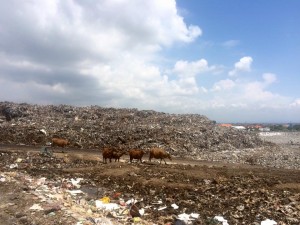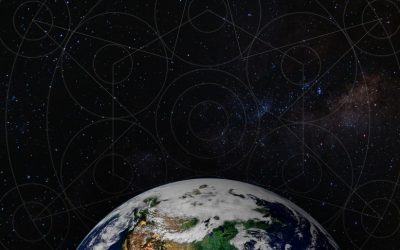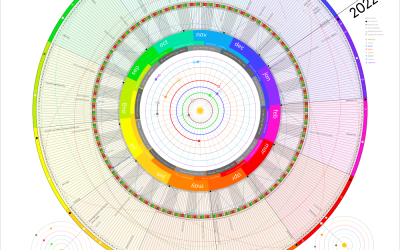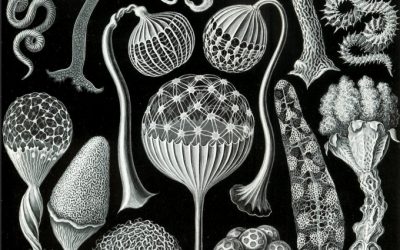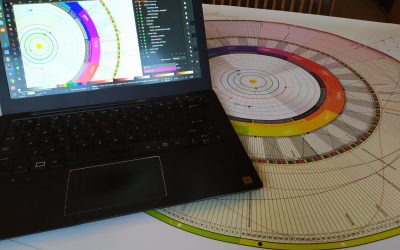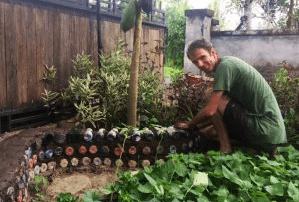We live in a world where everywhere we look, everywhere we go, we are surrounded by capital-driven designs. From plastic forks to concrete homes, each is designed to fulfil a purpose, and… make someone money. The assumption is so entrenched in our world and surroundings that we take it for granted, and slowly but surely, the profit purpose has become more and more part of industrial design. And why not? After all, someone needs to turn a profit to keep the whole system going.
Right?
But it wasn’t always so– in other cultures (like that of the Igorots) where profit was not prime, buildings, forks, tables and chairs used to be designed entirely for their fundamental purpose, utility and well-being. Forks and buildings had longevities measured in centuries. Curiously, the creations of our own age, are discarded after a few years or even months. Alas, with industry and manufacturing such concepts as ‘disposable’, ‘one time use’ and ‘planned obsolescence’ have been cultivated in the pursuit of capital. Where once design was about creating pure solutions, capital-sustaining-design (i.e. sustainable” design) has turned everything around us into eventual, inevitable, problems.
Today, with the detritus of capitalism washing up on beaches and clogging rivers and fields, we live in a unique context of crises, problems… and yet, opportunity. I believe we can not only do much better by removing capital-generation altogether– we can solve our planetary problems. My designs are first and foremost about regeneration– the transformation of what from one perspective is a problem, and from another, a transcendent opportunity!
First, we must get the right principles in place.
Inspired by my time amidst the Igorot people, I see clearly that far too many designs have one-way linear destinies—from the factory, to the consumer, to the dump-site, to their polluting grave. In the Igorot culture there is no concept of waste. There is not even the word for “trash” in the Igorots Kan’ka’nue language. Everything, from tools to packaging to bags, recycles into something else, or biodegrades. In applying the fundamental Igorot principle of circular design, by thinking of the next life of a creation we can create indefinite circles of use and re-use.
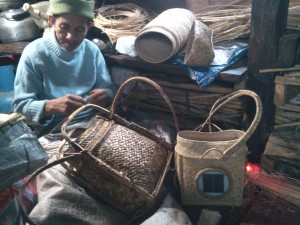
Hand made solar backback made from rainforest rattan and Coke bottles using the ancestral weaving traditions of Barlig and Sagada, Cordilleras, Philippines.
In contrast capital driven designs are often designed to fail and become waste after a specific period of time. Sure, that flashlight might shine great, and its plastic casing may fit ergonomically into my hand. But, how well does it serve my community if after a year, the chemicals and metals of its discarded carcass have nowhere to go but to contaminate the land and water?
But here too we must apply the Igorot principle of ‘waste does not exist’. These dead-end products, though a travesty, are also an opportunity for the regenerative designer. With creativity and intention, they can be re-worked into healing, cradle-to-cradle, circles. My passion is not just up-cycled design, but inspired by the Igorots, designs that have their next life, and the next, and the next, built right in. In this way, we can design circles of locally regenerative utility.
We live in a unique time. There is now a vast array of such ‘trash’ materials (i.e. broken flashlights, coke bottles, bottle caps) available freely and consistently around the globe. These raw inorganic materials are the fertile ground for locally based, globally connected, collaborations. Since a Coke bottle is virtually the same in Central America as in Asia, a design in one region can transfer to the next. Because “trash” is by definition free and in abundance, the design and the creation process are open to all. The less specialized skills, machinery, tools or money involved, the wider and faster the collaboration spreads.
Even better, we can use these inorganic trash resources to point towards deeper regenerative solutions– by combining organic materials like bamboo and clay into our design. Materials such as bamboo and rattan are biodegradable and the pinnacle of cradle-to-cradle. From here we can delve back to almost forgotten ancestral organic creative traditions (such as weaving, basket making, etc.) that in terms of their tight circularity, are far more evolved and advanced than any modern day factory.
By designing collaborative intentions (rather than static products and objects) following these principles, we can tap the vast co-creative potential of a united movement. Using globally consistent ‘trash’ as the building blocks, folks around the world, can share the same developmental intention. A mandala of collaboration unfolds. Through the innumerable trials and errors of the collaborators, an ideal design begins to unfold that no one person could ever have imagined on their own.
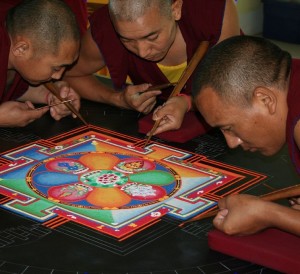
Tibetan monks, as they worked, already knew what would happen to their mandala once complete. After completion it would sit for several weeks, then, the mandala would be swept up and the grains of sand, imbued with their prayers and peace, would be scattered into rivers and streams and flow out to the world. From the get-go, the end of their co-creation was built into the beginning.
By working with the principles of the mandala, these design movements can then spread organically and virally. These designs can then get to the very root of the biggest challenges of our age. Together we can rework dead-end lines to circles, transmute problems into solutions and regenerate grey to green.
More of my writing on Mandalic Collaboration and Regenerative Design Philosophy
My Recent Posts
The Facebook Quandry
I've never really felt comfortable posting on Facebook. Like most of you, I am only there because you are there-- because of 'network effect'.. It is certainly not because I resonate with the vibe of Facebook or its ethos. Over the last years, this unease has grown...
2022 EarthCycles Calendar Launched 🎉
Well, my work on this has been delayed because of my accident, but I am excited that the second version of my EarthCycles calendar project is at last ready! 🎉 This project goes back over a decade to my days painting landscapes in Northwestern Canada, as I tried to...
Busted Moment
Crossing the street in my neighborhood a month ago, I got hit by a motorcycle. If you haven’t heard from me for a while, well… that would be why. I’ve been down and out, taking a break, with a break. My leg was badly broken, among some other bumps and bruises. The...
Earth Ethic No. 6… At long last!
At last-- it's up. After two months of steady revisions the six earthen ethic essay is published on Medium. This wasn't just any essay. This was the laying out of an ecological ethic. It wasn't just about my writing, but about my living too-- a deep dive into my...
The New Year Unfolds
Who says we need only see time through the lens of one calendar system that two thousand years old?! The other day, I printed a major new version of the EarthCycles calendar. I am really excited about the unfolding 2022 version! Neptune and Uranus included this...
“We live in a planetary momentary rife with pandemic inequality and eroding ecologies. And… unprecedented opportunities for dazzling regenerative collaborations.”
-Russell Maier
What are Mandalas?
Mandalas are an ancient and sacred art that can be found in cultures and religions around the world. Mandalas harness circular geometry and symmetry to create a pattern filled with meaning, symbolism and intention. The ancient principles of mandala-making hold great potential to empower regenerative movements and manifestations our planet’s healing calls for. More on Mandalic Collaborative Manifestation

